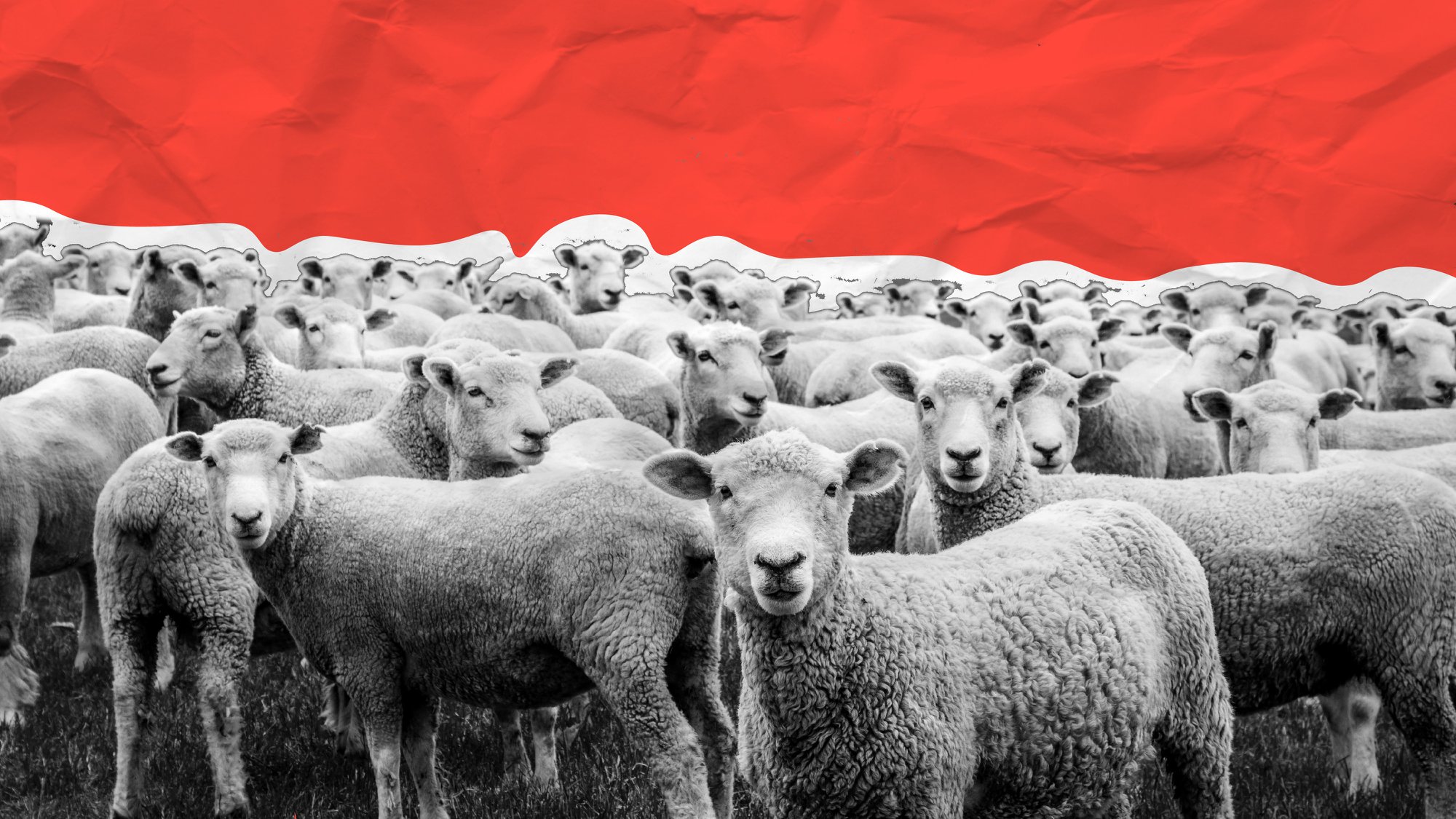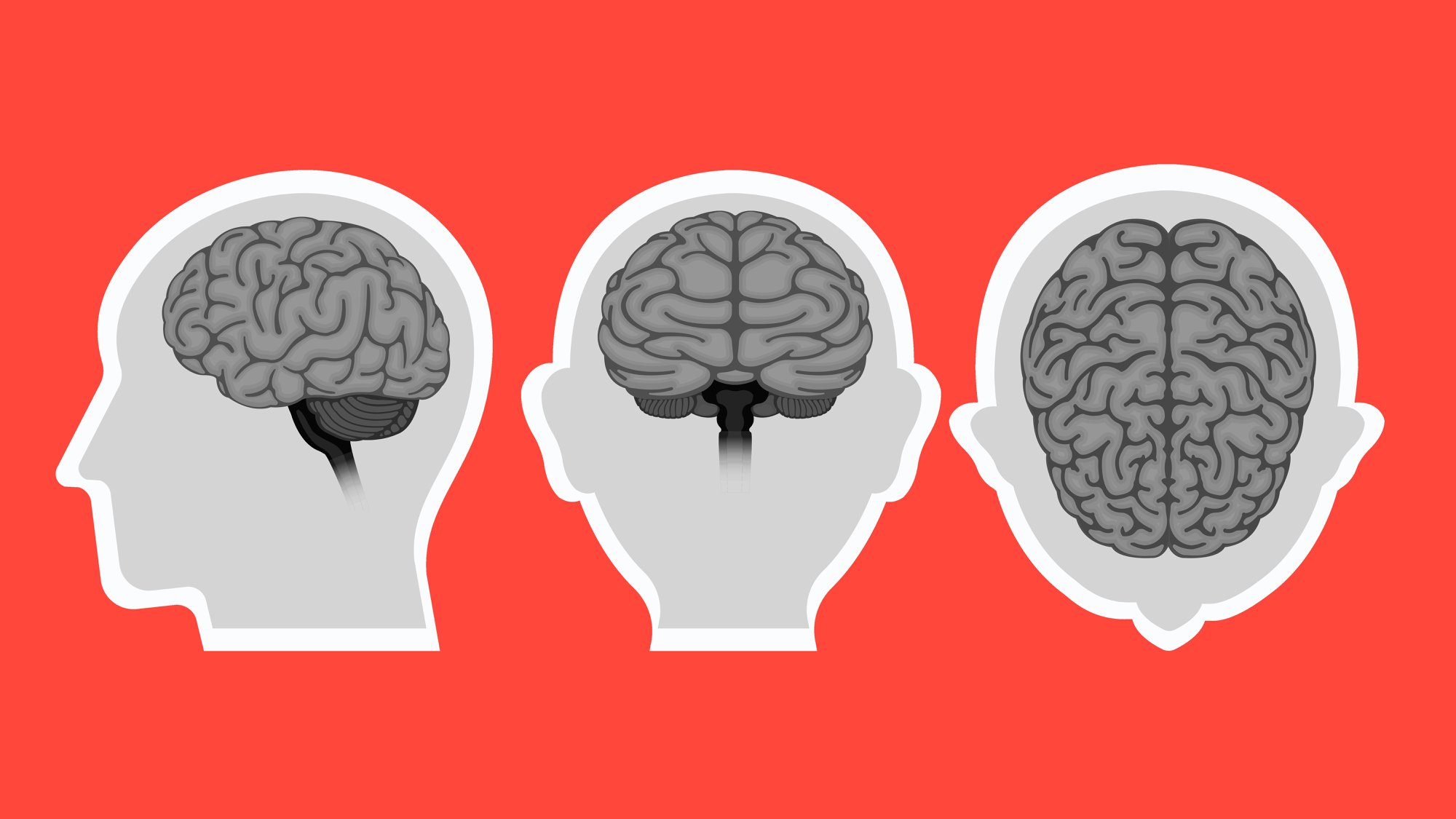David vs Goliath: Overcoming Helplessness in Sustainability

My last blog on the topic of sustainability focused on breaking the habit of choosing convenience over sustainability.
It’s our natural tendency as human beings to choose what we know to be easier, more efficient and cost effective.
But often, those choices negatively impact the planet.
In this blog, I wanted to address the feelings of helplessness that we all experience when grappling with the enormity of global sustainability challenges. And offer more insights into how we may combat this.
Sustainability Overwhelm

It’s easy to feel like David staring up at Goliath.
Climate change, deforestation, ocean pollution – these issues are so vast and complex that individual actions can seem inconsequential in comparison.
This, in turn, can lead to a sense of helplessness, apathy and inaction.
The scale of sustainability issues can be truly mind-boggling.
When we hear that 12 million tons of plastic enter our oceans each year, or that we’re losing 10 million hectares of forests annually, it’s natural to wonder:
‘What difference can my reusable water bottle or my decision to use recycled paper really make?’
This feeling of insignificance in the face of global challenges can be paralysing.
Moreover, many sustainability issues require systemic changes at governmental and corporate levels.
When our personal efforts are dwarfed by the actions of large entities, it can lead to a “why bother” mentality.
Why meticulously sort recycling when corporations continue to produce massive amounts of single-use plastics?
Why reduce personal carbon footprint when countries continue to rely heavily on fossil fuels?
The sustainability waiting game
This sense of helplessness is further exacerbated by the slow pace of change in sustainability efforts.
Unlike other actions with immediate results, the impact of sustainable behaviours often takes time to unfold. And as mentioned in a previous blog series, this makes it difficult to stay motivated.
I struggle with this from time to time.
However, I try (not always successfully) to remember that change is often the sum of many individual actions. And that the only individual action I can control is my own.
Whenever I can, I’ll try to detach from the outcome, because it feels so daunting and out of my control. So, I try to derive a personal contentment in simply behaving consciously and, typically, conscientiously.
I remind myself that most inspirational movements in history began with individuals choosing to make a difference. The key is to reframe our thinking about the impact of our actions.
Every action is important: however big or small
One effective strategy for this can be to focus on the cumulative effect of individual actions.
While one person using a reusable bag might seem insignificant, one person’s actions can lead to several other people doing the same.
And they might each in turn influence several other people, and so on and so forth, until, before you know it, millions of people are behaving a certain way and an impact can more easily be imagined, or even seen.
Just look at how smoking (and the movement against it) has changed over the last couple of decades.
So, when it comes to sustainability, it’s about creating a ripple effect – our actions influence those around us, gradually shifting social norms.
Engaging in collective action
Joining organised community initiatives, supporting environmental organisations, or even participating in climate strikes can help individuals feel part of a larger movement. And this helps to combat feelings of isolation and powerlessness.
As with many of the factors we’ve discussed thus far, education has a role to play here too.
Understanding the science behind sustainability and change helps people see how their actions fit into the bigger picture. While we may not solve global issues alone, each of us plays a vital role in the collective solution.
I can’t help but feel our role in the world of design and communications is to ensure this education can take place in an attractive, and easy to understand fashion.
For example, when I mentioned 10 million hectares of forest being chopped down, you probably won’t have any idea what that size of area looks like.
Find a map and have a guess what kind of area this might relate to?
It might (and equally might not) surprise you to hear that 10 million hectares is the equivalent of the surface area of Iceland, or Maine if you are US-based.
Alternatively, try imagining 14 million professional football pitches and you’ve started to understand the scale of the issue.
All of a sudden switching to Cheeky Panda’s bamboo loo roll feels like a worthwhile effort if it can make even the slightest dent in that figure.
Final thoughts
Ultimately, overcoming helplessness in sustainability is about embracing the power of incremental change.
It’s about understanding that every action, no matter how small, moves us in the right direction.
In the face of global challenges, we may feel like David, but history shows that with persistence and collective effort, even Goliaths can fall.
___





